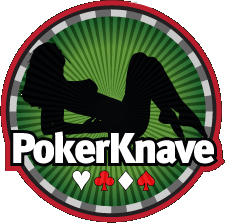Journal of Gambling Studies
Abstract In Ontario, Canada, the regulator approves identical looking slot machine games with different payback percentages. We gained access to the design documents (called PAR Sheets) used to program these different versions of the same slots game and ran Gambler’s Ruin simulations of 2,000 first-time players who each arrived with a $100 bankroll and played either the 85 or 98% version of the same game until broke. Simulations revealed that the typical (median) player’s experience did not differ significantly between versions. However the payback percentage affected the experience of players in the upper tails of the distributions with those in the 98% version having dramatically more total spins, winning spins, entries into the “bonus mode”, and “hand pays” (a win of $125 or more on a given spin). Most importantly, the number of simulated players who had a maximum peak balance in excess of $1,000 rose tenfold—from 5 in the 85% version to 54 in the 98% version. The results are discussed in terms of the Pathways Model of Problem and Pathological Gambling especially in terms of behavioural conditioning, cognitive beliefs, and early big wins. It may well be that those machines that are on the surface the “fairest” to the gambler, actually pose the most risk for ensuing gambling problems.
Kevin Harrigan, Mike Dixon

